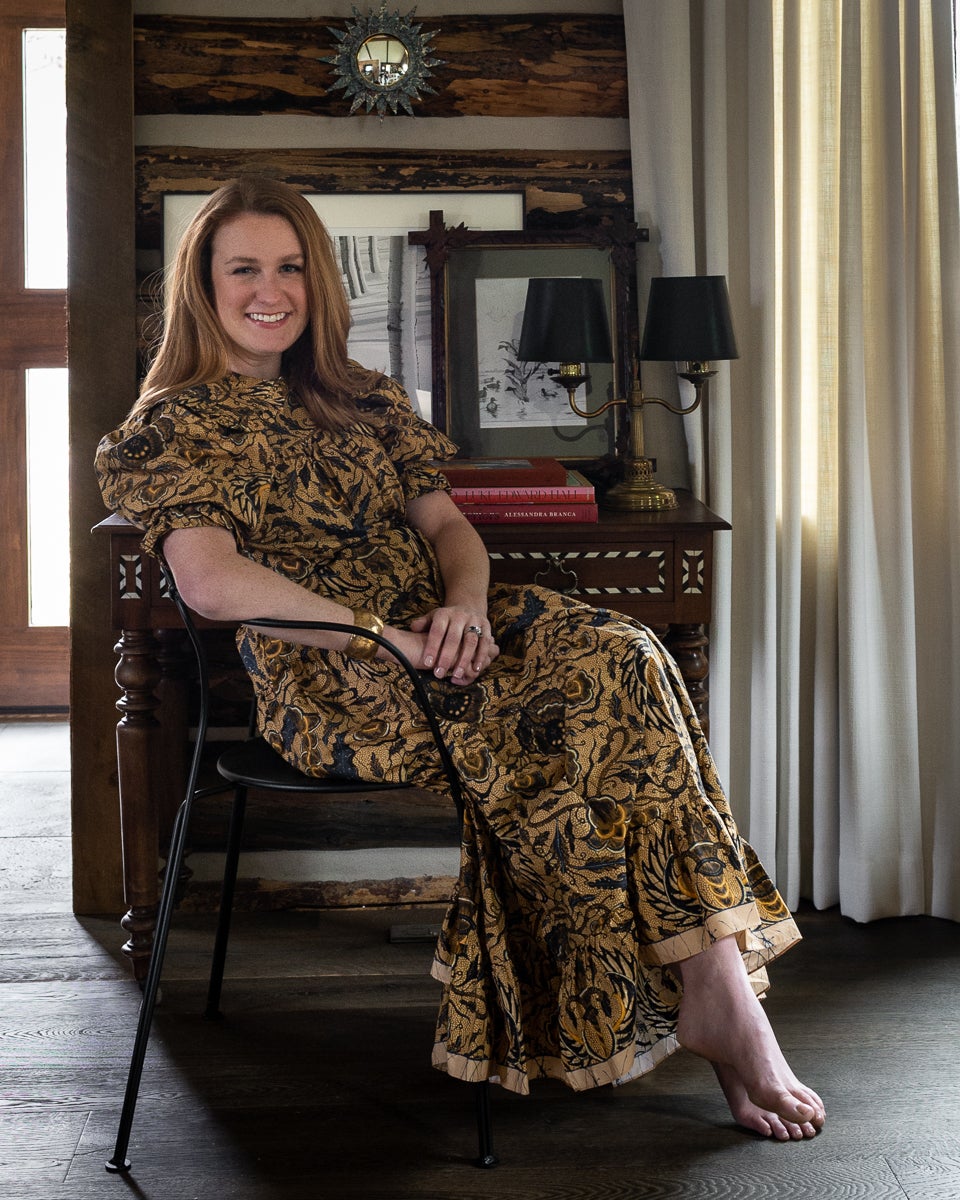The 50 States Project is a series of candid conversations with interior designers across the country about how they’ve built their businesses. This week, Jackson Hole, Wyoming–based designer Emily Janak tells us how she’s staying in the game as a young parent, why she’s more focused on providing a luxury service rather than goods, and how she found profitability without focusing on her margins.
Did you always know you wanted to be a designer?
No, but I grew up around interior design. My mother has always been very passionate about decorating, so she toted me around to auctions, antiques stores and fabric shops my whole childhood. I went to a small liberal arts college, studied history and thought I’d go to law school. Then I interned on Capitol Hill, which is where it really dawned on me: Why am I fighting what I love so much, which is design? So I interned for a design firm in Lexington, Kentucky, which is where I’m from, and I loved it.
On a whim, I convinced a girlfriend to spend the summer after college with me in Jackson Hole, working on a ranch. It was like, “Before we get serious about our careers, why don’t we go have a fun summer in Jackson?” Of course, our parents were rolling their eyes. We were cabin girls— scrubbing bathrooms and serving in the saloon—but it was the most incredible summer of my life. You’d work a shift and then jump on the back of a horse or float down the river. I thought it was going to be a “last hurrah” in Jackson Hole—and then I decided I didn’t want to leave. So that winter, I got an internship with a designer here in Jackson and started to get some more experience under my belt working for an actual business. I interned and then worked for a firm for a year, and then Rush [Jenkins] and Klaus [Baer] came to town.
They were the first designers to represent Wyoming when I started this series in 2020. What changed for you when they landed in Jackson Hole?
They really brought something different to Jackson. They opened the showroom, and I remember gasping when I walked in—it was like Ralph Lauren meets ski town meets the West—and I thought, “I’ll cut off my left arm to work for them.” They hired me as the showroom director, and then I slowly worked my way up. I loved working on the floor, but I also loved managing projects, so it was my goal to be more back of house. I also got to help with the Sotheby’s exhibitions they designed, and they sent me all over the world on sourcing trips. It was an amazing experience. A lot of people out west are more relaxed and laid-back, but they were serious about what they do, and it was incredible to learn under them—from a business perspective and aesthetically.
How did you know when it was time to go out on your own?
I was there about five years. When I found out I was pregnant in 2018, I said to my husband, “I want to be more in control of my schedule and of what projects I’m taking on.” I just felt this internal urge, like it was my time. Rush and Klaus were hugely supportive, which was really nice.
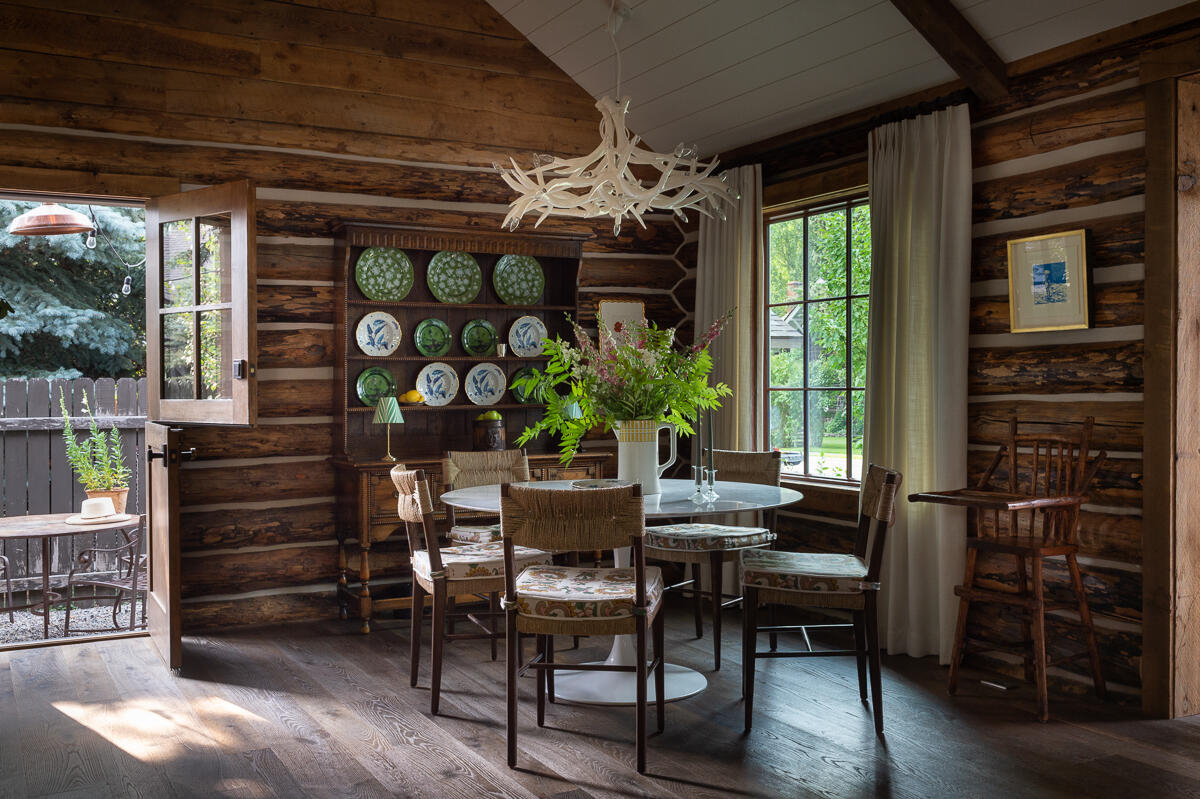
What did it take to start the business?
My husband is an architect, and I remember saying, “Would you be willing to support me in this? I will cancel cable, we’ll be eating ramen, whatever.” It was hugely scary. We were living in a little one-bedroom apartment that we had built over a garage, so I truly started by digging through boxes of fabric and sourcing schemes out of the garage. Thankfully, word of mouth helped me get some projects right out of the gate.
Within a couple of months, I needed some extra support. I hired a virtual assistant, and I remember feeling like that was such a huge financial step. But slowly, the more I made scary decisions, the less scary those types of decisions became. I’ve gotten braver and braver as I go on. I’ve realized that it takes some guts to do this, and then you don’t look back.
What does your team look like today?
I have three gals who work for me full-time. The first one came to me going on three years ago and said, “I’m interested in upholstery, but I’d love to intern with you outside of my full-time job to learn about upholstery from the designer’s perspective.” And I thought, “Well, gosh, how smart is that?”
She was working at a marketing firm, but she was like me in that she grew up with a mom who was passionate about interiors, and she had gone to a small liberal arts school. When we met, we immediately hit it off, and I thought, “She seems really with it. I think I’m going to spring for it and hire her full-time if I can convince her to leave the marketing firm”—which was such a stretch, because she was making a very decent salary and had benefits. She took a chance on me as well, and long story short, she was with me here in Jackson for a few years. In 2020, she came to me and said, “I love working with you, but I need to follow my heart. I’m going to move to Bozeman, Montana, where my boyfriend’s moving.” And I said, “I totally understand. Can you hang on for like a month while I try to find a replacement?” Which I knew was going to be so hard. Then COVID hit and showed us we could work remotely, so she’s been working for me in Bozeman ever since. We actually have a little office for her now, which is wonderful to get her out of the house, and she and I work hand in hand together.
My second full-time hire grew up in Jackson, but spent some time studying and working in fashion in New York, and she has a great eye. She manages our fabric library, oversees the office and helps tie up punch-list items at the end of projects, which has been hugely helpful. My third hire does a lot of the back-end administrative work and expediting, which is huge as well.
I love that you created a small office space for a remote employee.
She’s so valuable, and I could tell she needed a reason to get dressed in the morning—and some camaraderie, you know? We started looking for a space out there, and then my husband’s firm opened an office in Bozeman, so I approached them about having a desk for her there. Now she has gotten to know their team, which is really nice.
How have you approached employee benefits as you build your business?
Our office space is very scrappy—I’m not spending a ton on rent, which is unheard of in Jackson Hole, so maybe I should keep that little secret to myself. To me, there’s no better investment than your employees. I prioritize that, especially at this stage in my life. I talked to this accountant who’s my neighbor across the hall in the office building, and something she said that I have really held on to is that while you’re a young mother, what’s most important is to stay in the game. If you were to drop out and then try to get back into it, it would probably be a lot harder. So that is what I’ve tried to do right now: I’m certainly not rolling in it myself personally, but I’m making enough to support my family and keep going. My focus is on staying in the game, so anything that I have, I’m reinvesting in the employees and offering as much as I possibly can. It costs a lot to maintain a living in Jackson Hole, so that is a big focus. I also try my best not to micro-manage. I’m very flexible about things like vacation because we all live far from our families. Obviously, the scene is kind of changing as far as being in the office [and working remotely], so I’m flexible on that, too, which I think goes a long way.
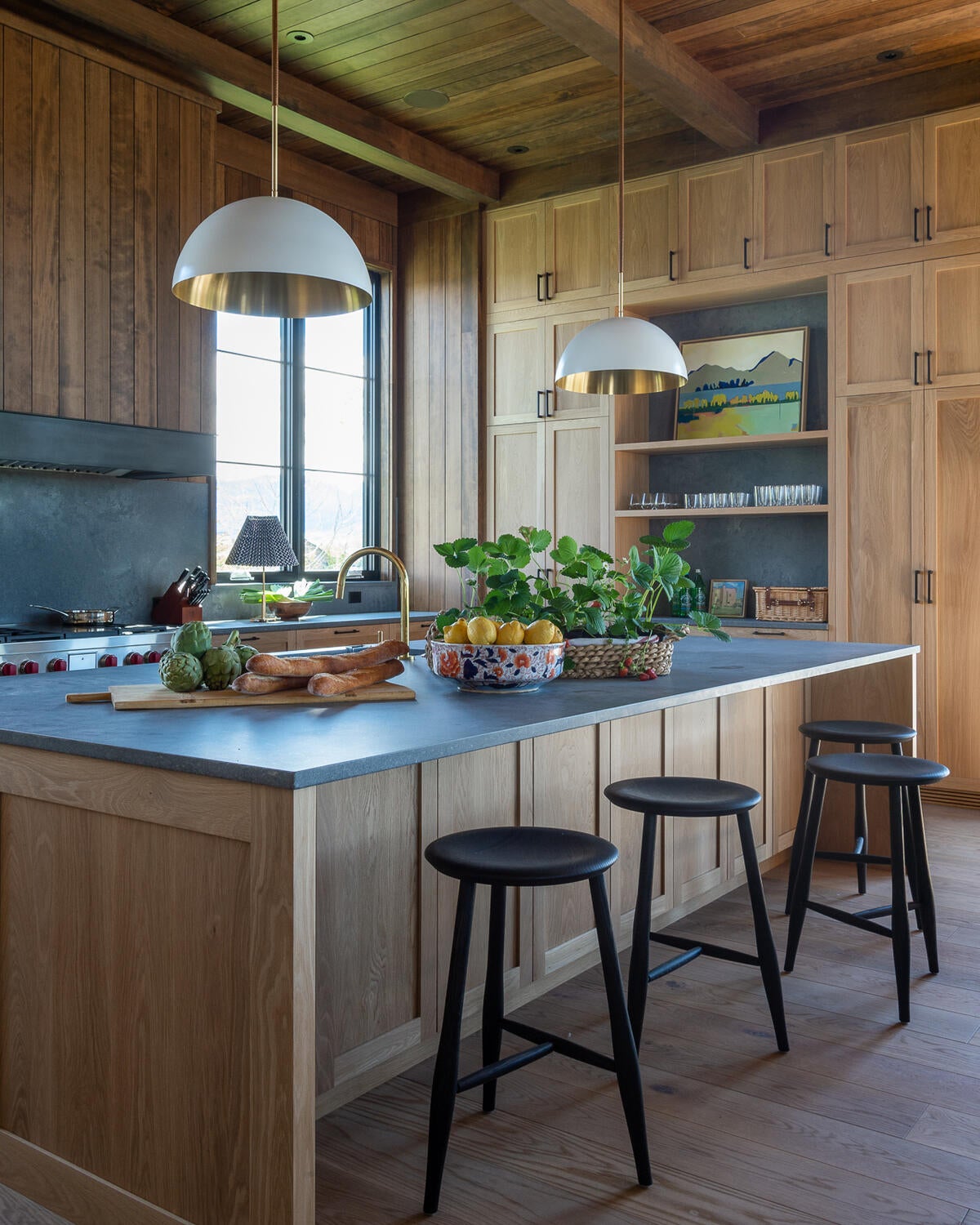
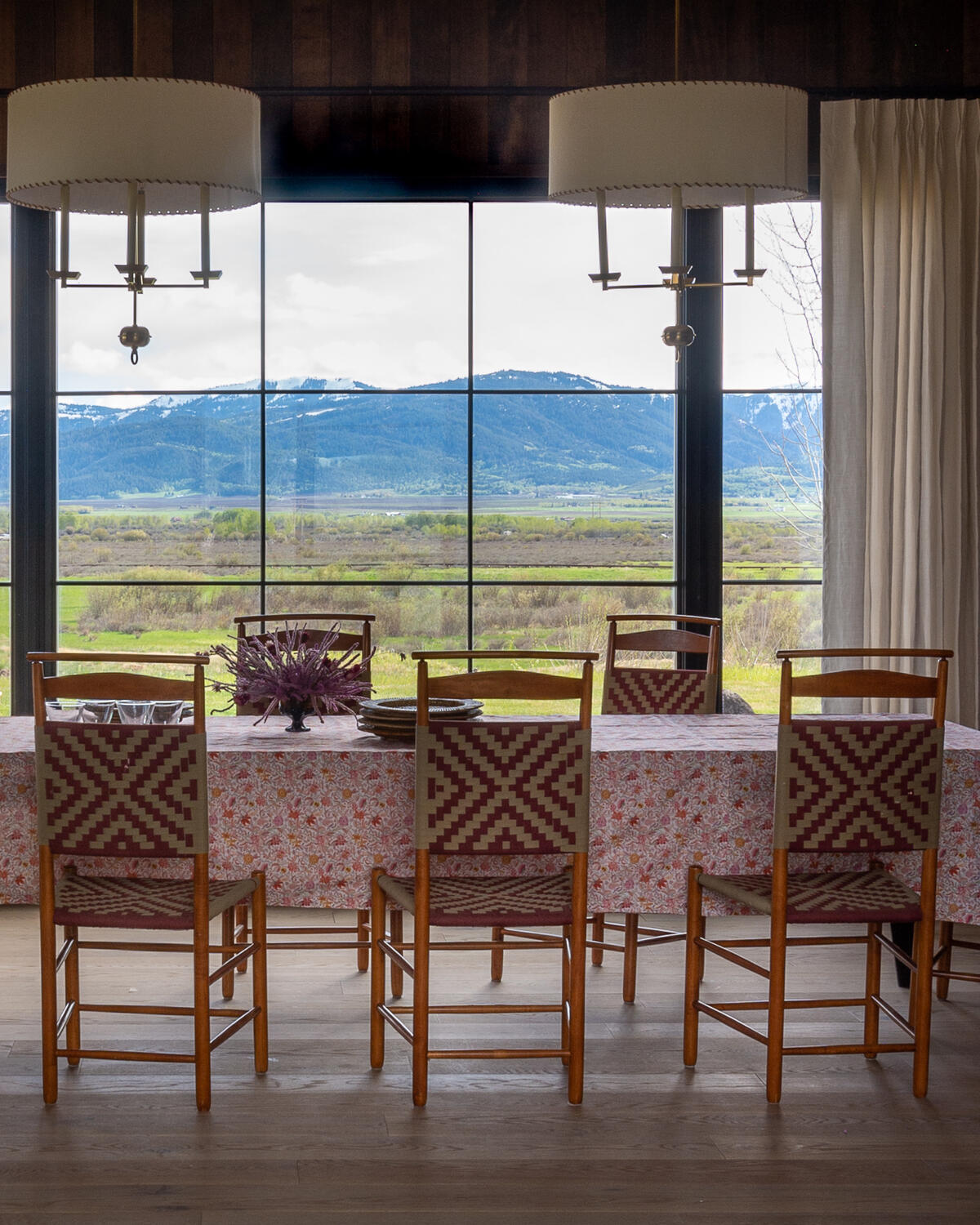
How do you think about paying yourself as the owner of a business?
I now have a very large family with four children [Janak gave birth to twins two weeks before this interview], so I have to make sure I have enough to contribute to my family—and I have to have the support to be able to work, which is so important to me. But I certainly am not prioritizing my salary at the moment. My priority is having the gals at work who help me do all these things.
When you talk about this idea of staying in the game and reinvesting in the business, what does that look like from a workload perspective?
We are wrapping up several large projects right now, but we also have several smaller projects that can suck up so much time. When I think about my long-term business goals, I don’t want to burn out too quickly. I hope to be like Bunny Williams someday—later in life, still enjoying what I do so much. So for me, it’s about the long game, which means not expanding too quickly and not taking on too much at one time.
I am thrilled with the publications I’ve been featured in recently, but I am also careful—I don’t need to be everywhere right now. And in a small town like Jackson, I feel like people can get sick of you quickly. So I’m hopeful to stay a little more under the radar for as long as I can—to not take on too much so that I don’t burn myself out, and don’t burn out other people.
How does that shape what you say yes to?
If a client seems like they’re going to respect your time and your opinion upfront, that’s huge. Yes, it takes time to earn a client’s trust, but if you sense that they’re going to trust your direction, it’s going to go so much easier and more efficiently from there. If it’s somebody who has a ton of their own ideas and really just wants you to execute those ideas—to me, that’s not very exciting or necessarily going to be very profitable. I’m looking for somebody who really values the luxury service that we’re offering.
What does luxury mean for you and for your business?
More than the goods themselves, I think of our service as the luxury. I think about the projects that I’ve taken on for myself—my home is often on the back burner because I will hit one hiccup and put it on pause, and I can see how it goes [similarly] for other people who don’t even work in this industry. To have someone taking care of all those issues on your behalf is just such a luxury. I’m always like, “I wish I could afford myself.”
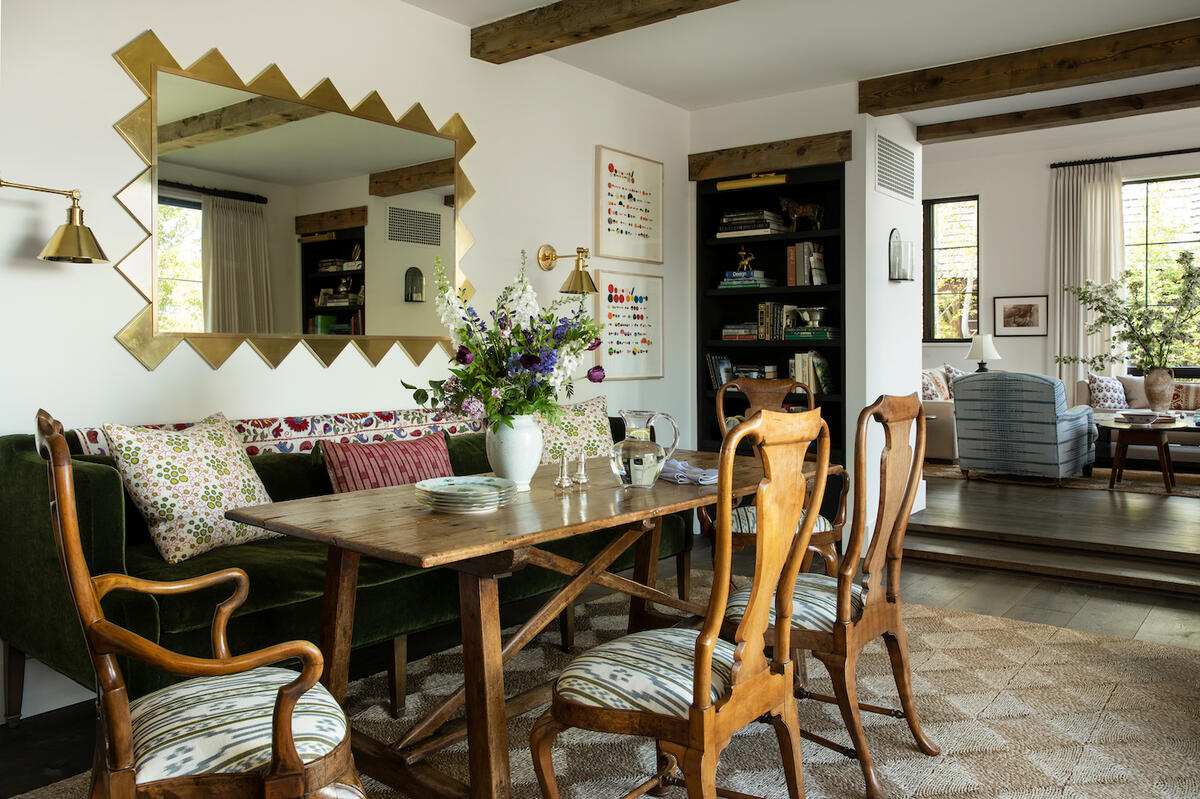
When you look at the local design scene in Jackson, what type of projects are typically coming your way?
It’s a mix. Initially, it was a lot more second and third homes. Now, with the pandemic, a lot of people have moved here full-time. Several things we’re working on are from the ground up, and others have been total gut remodels. I enjoy both. I think in Jackson, it can be tough to find buildings with great bones. It’s not a very old town, relatively speaking—I envy a lot of East Coast designers who get to work on these really old structures. But even with that said, there is a lot of history here, and I feel lucky that I’ve gotten to be a part of projects like that as well.
How hands-on are you at each stage of the design process? Where do the clients see you versus your team members?
I am very involved on all levels. I really count on my team for the administrative back end. I am more of an artist in that I’m more focused on the textiles than on the finances. I have a business manager who I rely on because I’d rather someone have something beautiful than a huge markup. At the same time, I totally recognize that I need to make a profit in order to stay in business, but I’ve somehow been able to succeed in focusing more on the aesthetics than on my profit margin. If I leave that to my business manager, and he’s making sure that I am on track, that’s better for me than selecting something simply because it has a higher margin.
Who is your business manager?
He’s a consultant I found on Instagram about two years ago, and he is invaluable. His name is Justin Metcalf, and he’s somebody I trust—I think it’s all about hiring out for things that you know aren’t your strengths. He really is a great supplement to our team. Last winter, we did a little company retreat and he flew out, as did our marketing consultant. We had a lot of fun, which was huge for team building, but we also had several hours worth of roundtable discussions and talks about goals, and Justin was so integral in that process. We are proud to say a year later that we took his suggestions and have really made them happen this year.
What did he push you to change?
One of our weaknesses was time billing. Getting that together and then getting it out on time each month when you’re stressed with project deadlines—it feels like sometimes that can be the last priority. But really, to keep the business running, it’s so important. So we designated a team member to oversee the time billing, and we’ve stuck to that, and it has helped tremendously. I think clients appreciate being billed on time, and it helps with cash flow.
I am not one to really focus on things like profit margin because I’m so focused on aesthetics. So, admittedly, when he crunched the numbers at the end of the year and was like, “Wow, you guys are doing great,” I was like, “Oh, OK—great!” But we don’t emphasize that in our weekly team meetings. Maybe we should, but we haven’t yet.
Does having someone overseeing invoicing also prompt everyone on the team to track their time more completely?
Yes, definitely. She is always reminding us.
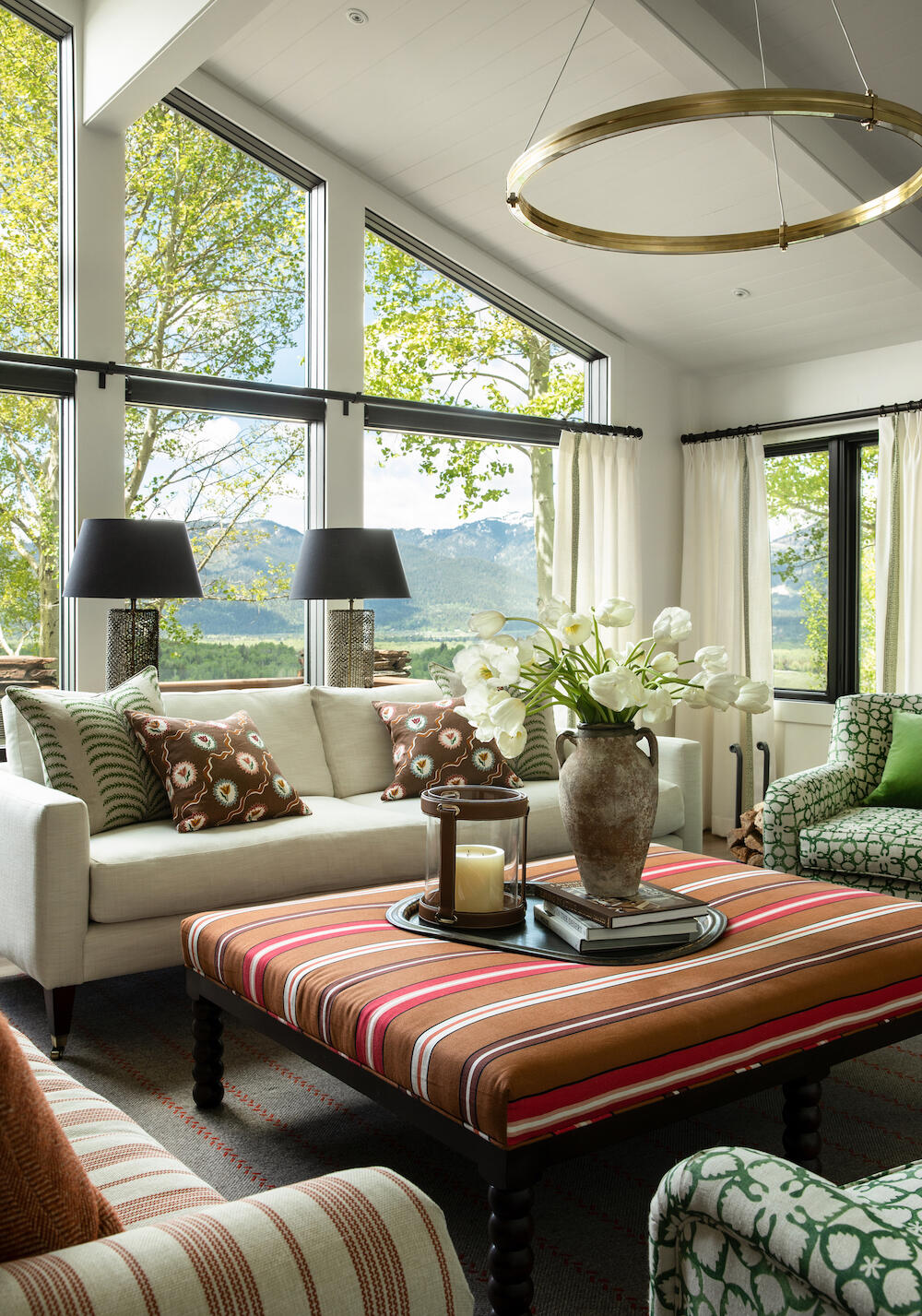
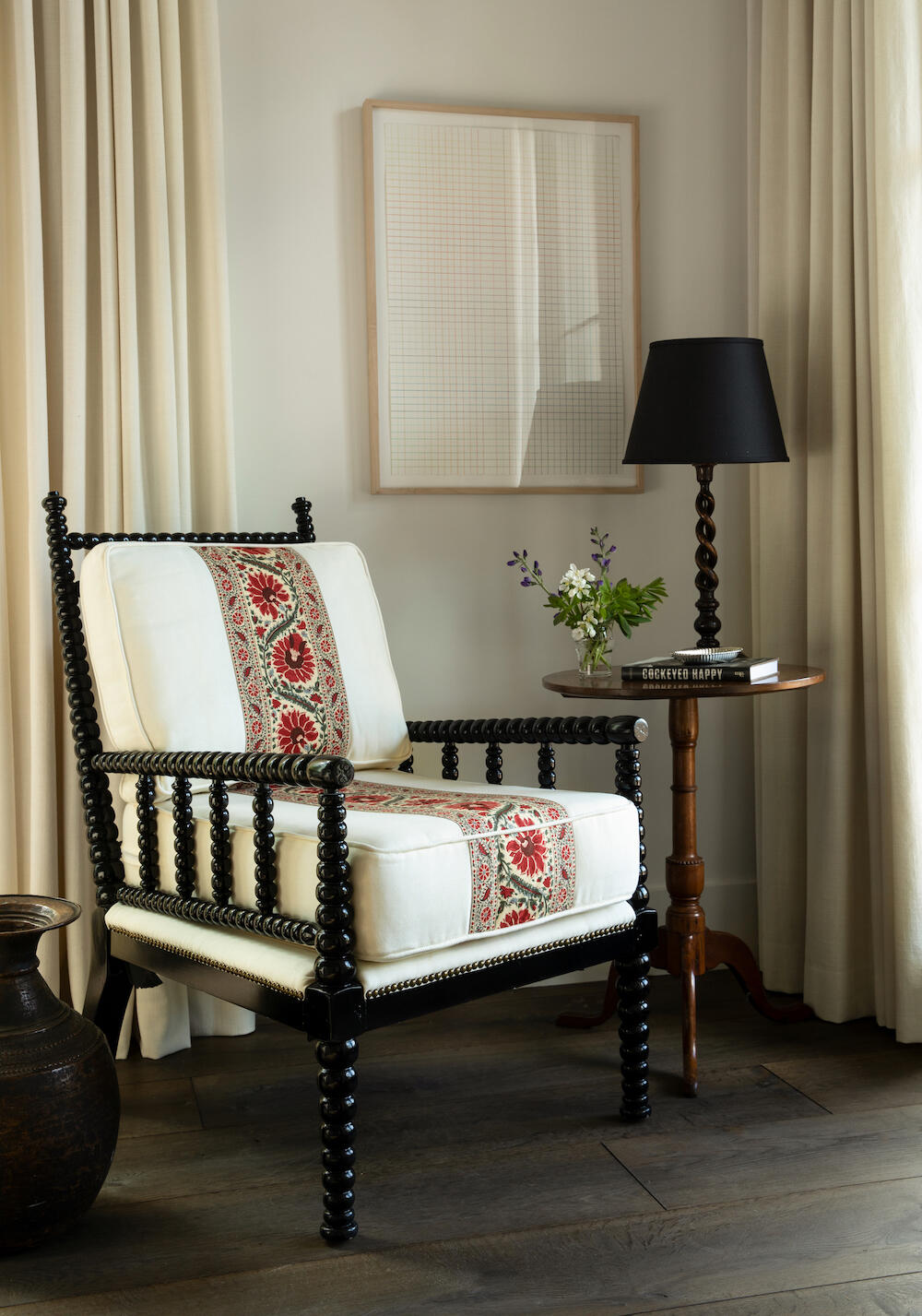
What shaped your approach to billing in the first place?
It’s always been my natural instinct to operate this way, but our business manager has also reinforced this: I look at time billing as a way to cover our overhead, and then I look at [the markup on] furnishings and anything that we order as profit, and whatever we make on the furnishings is money that I’m reinvesting in the company to help us grow. Whether that’s going to employee salaries, or hiring a great marketing person, or client gifts, that’s how I look at it.
How do you keep tabs on your project pipeline to make sure that works out?
Thankfully, the universe has really taken care of us. I feel like I’ll wake up in the middle of the night and think, “Do we have enough work coming down the line?” And I swear, it’s like the phone rings twice the next day. I feel really fortunate that it keeps happening.
Obviously, when COVID first struck, that was terrifying for all of us—and such a good wake-up call, especially as a young business owner who has yet to go through a major recession. I was like, “Oh, here we go, this is going to be terrifying. I hope I can put food on the table.” It ended up having the opposite effect on our industry, but that initial scare has stuck with me. I’m always trying to keep my expenses low and be as scrappy as I can.
What does success look like for you?
Success for me is being able to support my family. My biggest goal is to have this long-winded career where I don’t burn myself out—I truly live and breathe design, in and outside of work, and I feel really fulfilled at the moment. If I could prolong that and feel this way long into my later years, I just think that would be the ultimate.
What is the biggest thing you wish you had known when you started your business?
Not to be scared to hire the people who are going to help you. And to really trust your own value.
When you look at your business, what is the biggest challenge right now?
Managing client expectations with current lead times. As a team we have worked so hard to iron out the back-end practices—we finally have a well-oiled machine. It’s funny, because when I got pregnant with my second child, I was way more nervous about taking time off and what that was going to look like for the business. This time around, even with twins, I feel really confident in my team and the business that we’ve built. And now that all that feels ironed out, there are so many things that are out of our control, like lead times and delays and figuring out how to relay that to clients.
There’s such a crazy push-pull between, “We’re going to transform the experience of living in your home,” and also saying, “Hey, 50 percent of this stuff might come in broken.” I can’t even imagine how to have that conversation and be upbeat about it.
It’s so true. In those initial conversations, it’s like dating—you don’t want to put your worst out there first. But at the same time, you have to set the expectation that it’s a fact of life that things will come in damaged or be delayed, especially when you’re in a remote town like Jackson.
For all of the wealth and worldliness of Jackson Hole, the remoteness really does impact your business. Can you tell me a little bit about the design community in town?
I love this question because I do feel so lucky to be practicing in this town. There is sort of a new generation of designers here, and it is such a small town. My feeling is that it used to be a little more cutthroat and competitive. That’s not to say that it’s not competitive still, but there’s certainly an abundance of work. And what I love is I feel like we are all very supportive of one another because there is enough to go around. And because we all have the same struggles with shipping and receiving in this tiny town, we’re all kind of in touch and in it together. I always say that if someone hires an interior designer, it’s a win for our industry. It doesn’t have to be me. It’s us against the internet is how I see it. So if somebody hires a competitor, that’s a win for all of us.
To learn more about Emily Janak, visit her website or find her on Instagram.
















